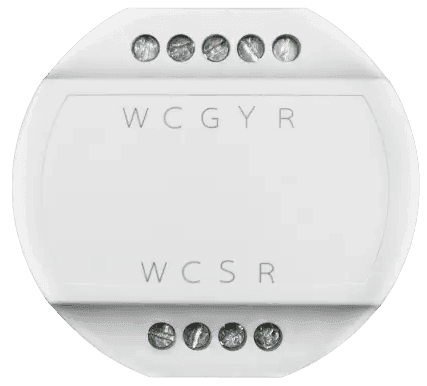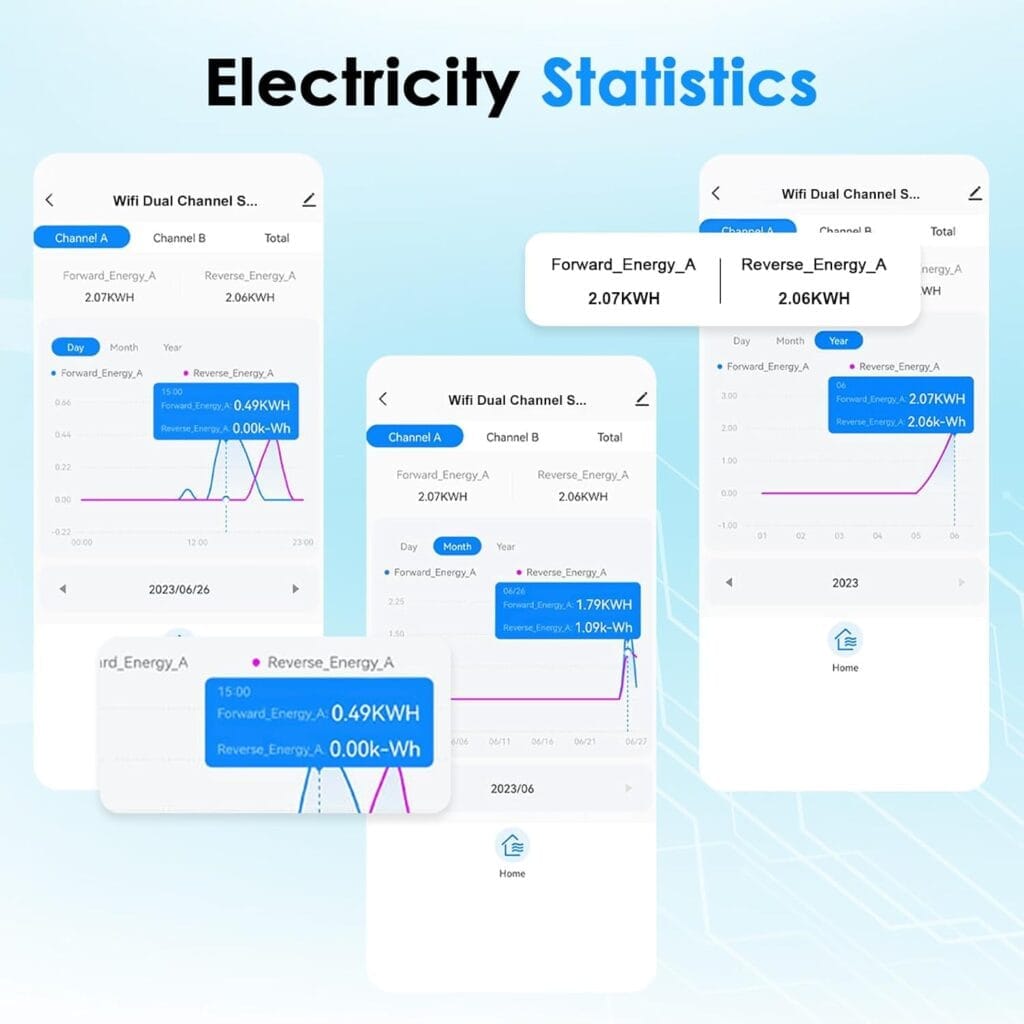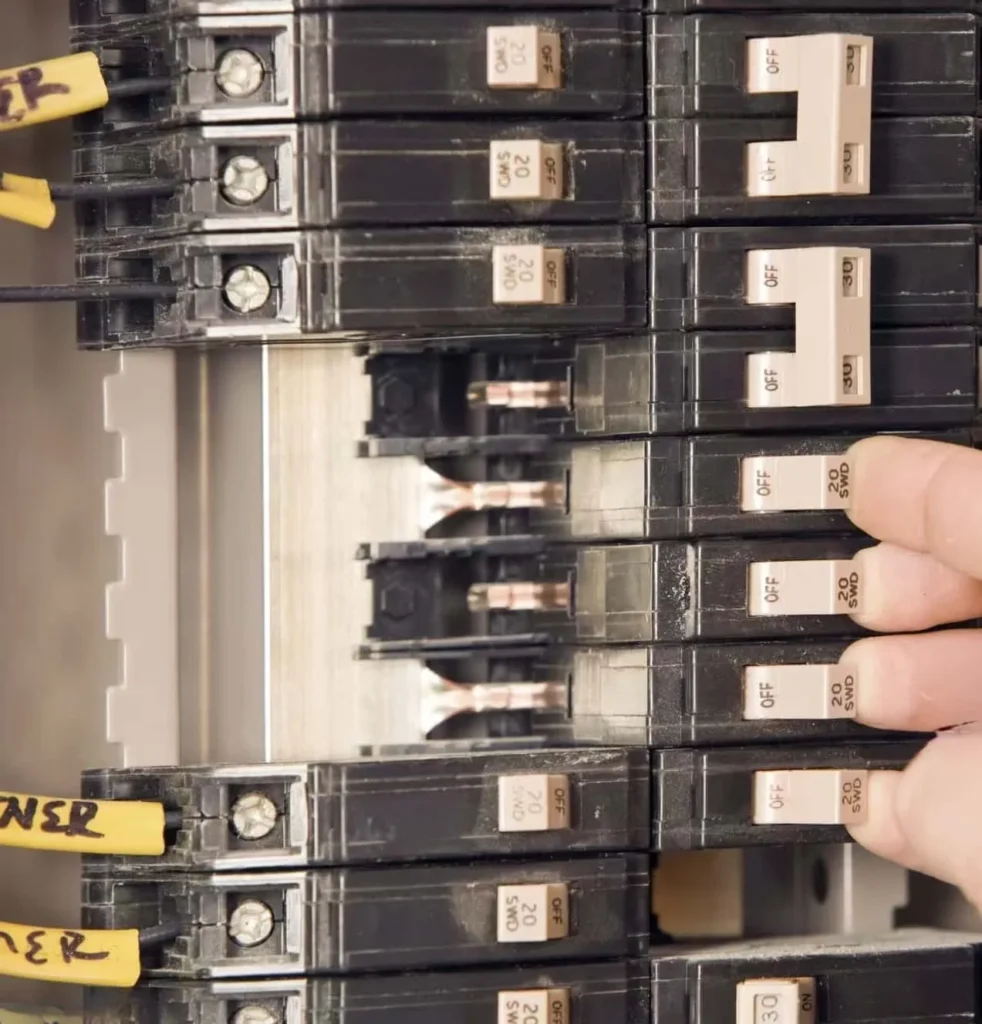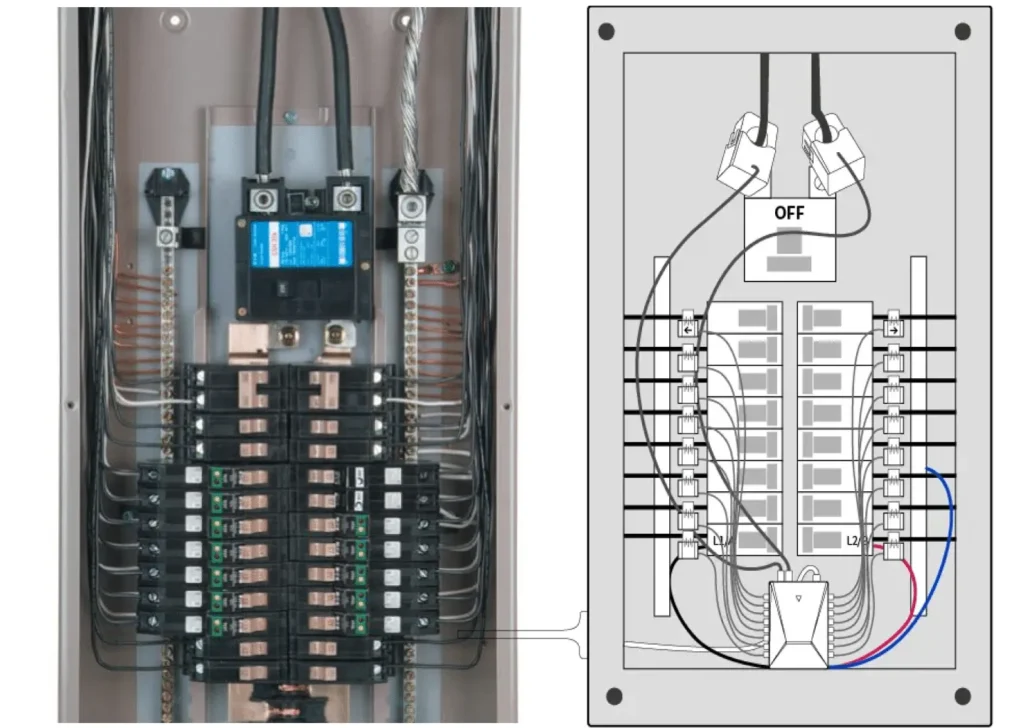
In the US, smart heat pump thermostats and standard thermostats differ significantly in terms of the devices they interface with and the methods of connection. These differences arise from the distinct operating principles of heat pump systems and traditional HVAC (heating, ventilation, and air conditioning) systems. Below is a detailed comparison of their interfacing devices and connection methods.
1. Devices Controlled by Heat Pump Thermostats
Heat pump systems are dual-purpose, highly efficient devices used for both heating and cooling. Their unique requirements determine the interface methods of heat pump thermostats.
Common Heat Pump Devices
Outdoor Unit (Heat Exchanger)
- Responsible for heat transfer and connected via specialized cables.
- The thermostat must support automatic switching between heating and cooling modes.
Auxiliary Heat Devices (e.g., Electric Heat Strips)
- Used during extreme cold when heat pump efficiency decreases.
- Heat pump thermostats require an “Emergency Heat” function to control these auxiliary devices.
Reversing Valve
- Controls the switch between heating and cooling modes.
- Thermostats must support O/B terminals to manage the reversing valve logic (heating default or cooling default).
Fan (Air Handler)
- Ensures proper air circulation and is controlled via the G terminal.
Connection Methods
| Terminal Name | Function | Heat Pump-Specific Usage |
|---|---|---|
| R | Power (24VAC) | Shared with standard thermostats |
| C | Common wire (for powering smart devices) | Shared with standard thermostats |
| Y1/Y2 | Compressor control (Stage 1/Stage 2) | Used for both heating and cooling |
| O/B | Reversing valve control | Specific to heat pumps for mode switching |
| G | Fan control | Shared with standard thermostats |
| E/AUX | Auxiliary heat control | Specific to heat pumps for emergency heating |
2. Devices Controlled by Standard Thermostats
Standard thermostats are typically used for traditional HVAC systems, such as furnaces and air conditioners. These systems do not include reversing valves or auxiliary heat devices, resulting in simpler connection methods.
Common HVAC Devices
Furnace
- Provides heating, typically powered by gas or electricity.
- The thermostat controls the heating process via the W terminal.
Air Conditioner
- Provides cooling, powered by a compressor.
- Controlled by the Y terminal for cooling cycles.
Fan
- Circulates air, using the same G terminal as heat pump systems.
Connection Methods
| Terminal Name | Function | HVAC-Specific Usage |
|---|---|---|
| R | Power (24VAC) | Shared with heat pump thermostats |
| C | Common wire (for powering smart devices) | Shared with heat pump thermostats |
| Y1/Y2 | Compressor control (Stage 1/Stage 2) | Used only for cooling |
| W1/W2 | Furnace heating control | Specific to HVAC systems |
| G | Fan control | Shared with heat pump thermostats |
3. How Smart Thermostats Accommodate Both Systems
Auto-Detection Features
Most smart thermostats, such as the Nest Thermostat and Ecobee Smart Thermostat, support both heat pump and HVAC systems. They can automatically detect the type of system based on the wiring configuration.
- Grus Thermostat: Supports O/B terminal logic configuration and automatically recognizes the reversing valve setup for heat pumps.
- Ecobee Thermostat: Supports up to 4 heating stages and 2 cooling stages, allowing it to manage both heat pumps and auxiliary heating.
Installation Considerations
- System Type Identification: Choose a smart thermostat compatible with your heating/cooling system (heat pump or HVAC).
- Wiring Requirements: Ensure existing wiring includes necessary terminals (e.g., C wire) to power smart features.
- Reversing Valve Configuration: For heat pump systems, configure the O/B terminal manually or via automatic detection.
4. Use Case Comparison Between Heat Pump and Standard HVAC Thermostats
| Feature | Heat Pump Thermostat | Standard Thermostat |
|---|---|---|
| Primary Purpose | Heating and cooling via heat transfer | Heating or cooling via heat/cool generation |
| Applicable Systems | Heat pump systems (with auxiliary heating) | Gas furnace, electric furnace, AC systems |
| Auxiliary Heat Support | Supported (via E or AUX terminals) | Not supported |
| Reversing Valve Control | Requires O/B terminal | Not required |
| Smart Compatibility | Smart heat pump thermostats (e.g., Nest, Ecobee) | Smart HVAC thermostats (e.g., Honeywell, Sensi) |
5. Why Choose a Smart Heat Pump Thermostat
Wider Compatibility
- Supports reversing valves, auxiliary heating, fans, and other functions, making it ideal for complex heat pump systems.
- Also compatible with standard HVAC systems, ensuring flexibility for future upgrades.
Energy Optimization
- Smart thermostats optimize efficiency by learning user habits, scheduling operations, and monitoring energy consumption.
- Features like Eco mode reduce heating and cooling costs.
Remote Control and Smart Integration
- Whether for heat pump or HVAC systems, smart thermostats offer remote control, voice commands, and automation settings, making home temperature management effortless.
By understanding the differences in devices and interface methods between heat pump and standard HVAC thermostats, you can make an informed decision when choosing the right thermostat for your system. Ensuring compatibility and proper wiring will guarantee optimal performance and a comfortable home environment.













